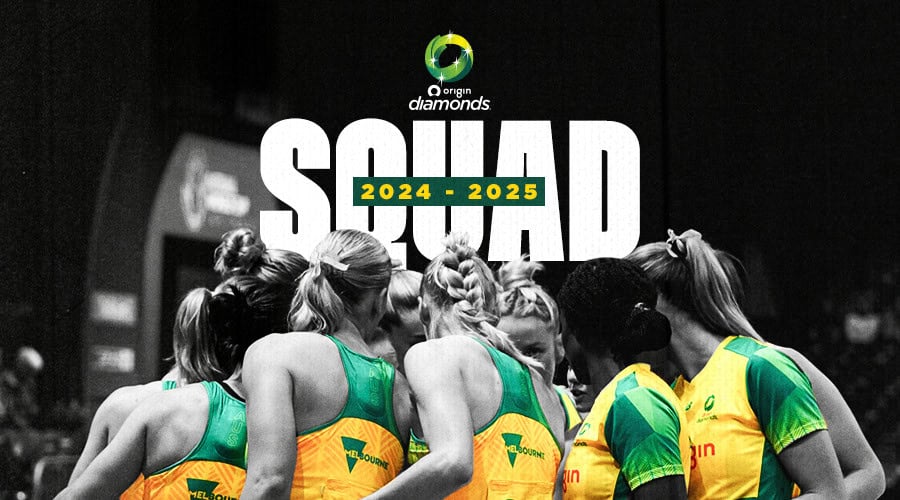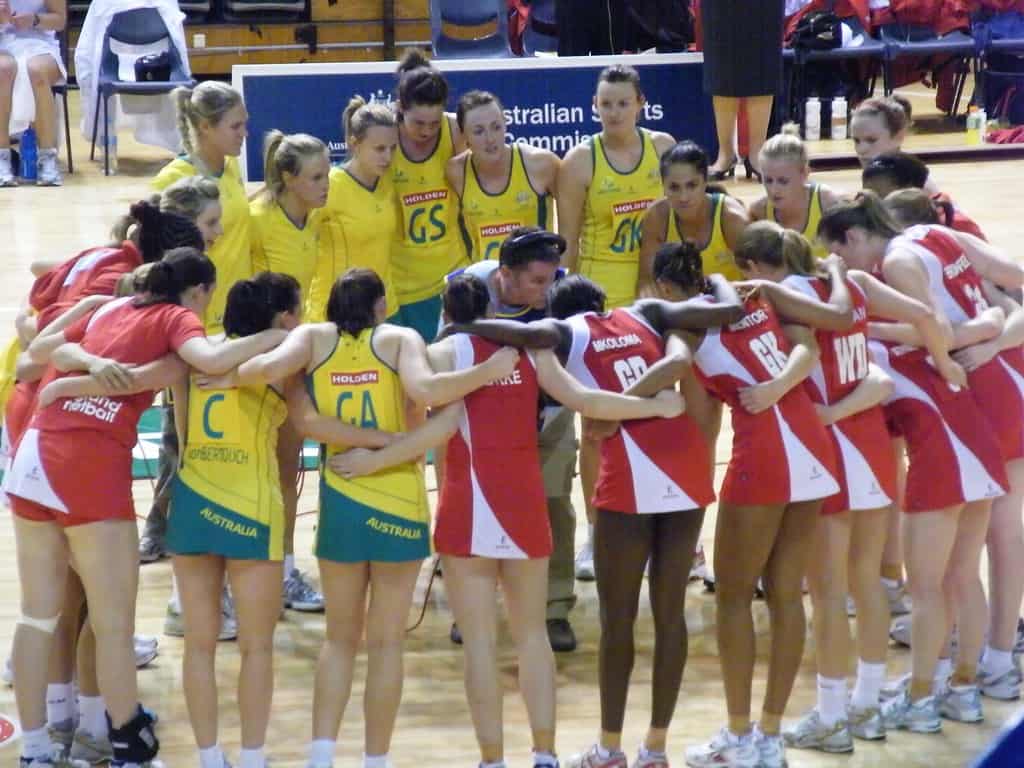In the realm of netball, where agility and precision converge, the boundaries of permissible maneuvers have sparked a contentious debate. Akin to a riveting match, the controversy surrounding dunking in netball has captivated players and spectators alike.
Like a feathered creature soaring through the sky, the dunking technique evokes images of grace and power, reminiscent of a basketball player’s aerial prowess. However, the question lingers: is this maneuver within the confines of netball’s regulations?
In this article, we aim to disentangle the web of uncertainty by delving into the rules governing netball and exploring the various moves that have become synonymous with the sport. Through a dispassionate analysis of the legality of dunking, we strive to illuminate the intricacies of this debate, ultimately seeking to resolve the contentious issue and shed light on whether netball players are indeed allowed to engage in this captivating display of athleticism.
Understanding the Rules of Netball
Understanding the rules of netball involves familiarizing oneself with the specific regulations regarding the act of dunking during gameplay.
Netball is a fast-paced sport that requires players to adhere to strict guidelines in order to maintain fairness and safety.
One key aspect of netball is understanding positions, as each player has a designated role on the court. The goal shooter and goal attack are the primary positions responsible for scoring points, and understanding their limitations and abilities is crucial.
Additionally, mastering footwork is essential in netball, as players must maintain proper positioning and avoid stepping or landing with the ball. This includes understanding the concept of pivoting and ensuring that both feet are grounded when catching the ball.
By familiarizing oneself with these rules and techniques, players can effectively navigate the game of netball.
Exploring Different Moves in Netball
Exploring various techniques and maneuvers utilized in netball can provide a sense of intrigue and anticipation, captivating the audience with the possibilities of different moves.
Netball strategies encompass a wide range of offensive and defensive techniques that players employ during a match.
Offensive moves include dodging, where players quickly change direction to evade opponents, and passing, which involves accurately transferring the ball to a teammate.
Defensive techniques, on the other hand, aim to impede the progress of the opposing team by using tactics such as blocking passes, intercepting the ball, and applying pressure to the player in possession.
These strategies require players to anticipate the movements of their opponents, communicate effectively with teammates, and maintain a strong defensive position.
By understanding and implementing these different moves, players can enhance their performance and contribute to the overall success of their team.
The Controversy Surrounding Dunking
The controversy surrounding the act of dunking in netball has sparked intense discussions and debates within the sport’s community. The dunking technique, which involves a player forcefully throwing the ball into the net using a downward motion, has drawn attention due to its potential impact on the game. Here are three key points to consider:
-
Rule Violation: Dunking is currently not allowed in netball as it violates the rules set by the International Netball Federation (INF). This ban aims to maintain the fairness and integrity of the game.
-
Safety Concerns: Allowing dunking raises concerns about player safety. The forceful nature of the move can lead to collisions and injuries, potentially compromising the players’ well-being.
-
Strategic Advantage: Proponents of dunking argue that it can bring an exciting and dynamic element to the game, creating opportunities for skilled players to showcase their abilities and potentially change the outcome of a match.
While the debate continues, the decision to allow or prohibit dunking in netball ultimately lies in the hands of the governing bodies, who must carefully consider the potential consequences on the sport.
Assessing the Legality of Dunking
Evaluating the legality of the dunking technique in the sport of netball requires a careful examination of the rules and regulations set by the governing bodies. Dunking techniques, which involve a player forcefully pushing the ball into the net with one hand while their other hand is gripping the rim, have been a subject of controversy in netball.
Some argue that allowing dunking would add excitement and athleticism to the game, while others believe it would fundamentally change the nature of netball, which emphasizes passing and teamwork.
The impact of dunking on gameplay cannot be ignored, as it could potentially lead to more dominant and physically dominant players overshadowing the skills of other players.
Ultimately, the decision to allow dunking in netball rests with the governing bodies, who must carefully consider the potential consequences and implications for the sport.
Resolving the Dunking Debate
Resolving the dunking debate in the sport of netball requires careful consideration of the potential impact on gameplay and the fundamental principles of the sport.
While some argue that allowing dunking would add excitement and athleticism to the game, others express concerns about the potential for injury and the disruption of traditional netball tactics.
Analyzing the impact of dunking on the game reveals a number of potential consequences. Allowing dunking could lead to a shift in focus towards height and jumping ability, potentially disregarding the importance of other skills such as passing and agility.
Additionally, the introduction of dunking may result in a more physical style of play, with increased contact between players.
Ultimately, the decision to allow or prohibit dunking in netball warrants careful consideration of these potential implications.
Conclusion
In conclusion, the rules of netball do not permit dunking, despite the controversy it has stirred. While some argue for its inclusion, the legality of dunking remains unresolved.
By examining the various moves in netball and understanding the game’s principles, it becomes clear that dunking goes against the established regulations.
The debate surrounding this issue raises questions about the evolution of the sport and the potential for rule changes. As netball continues to evolve, it is crucial to assess the impact of such modifications on the integrity of the game.






